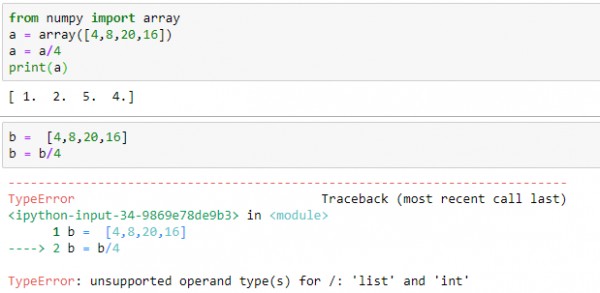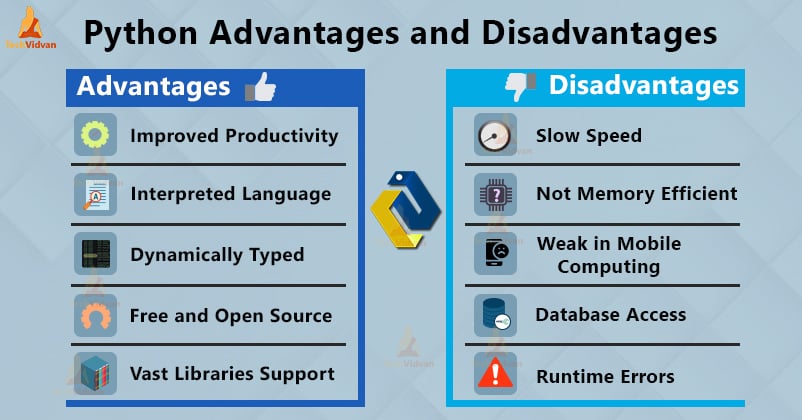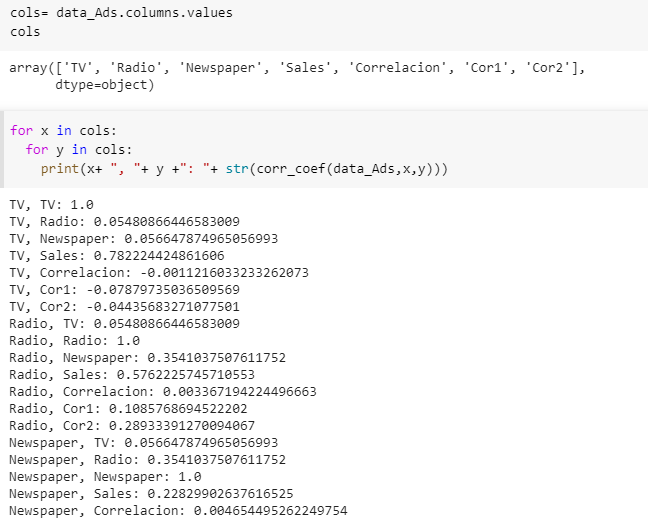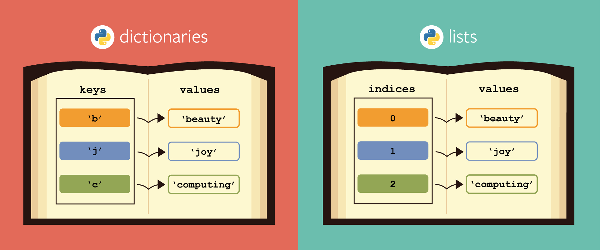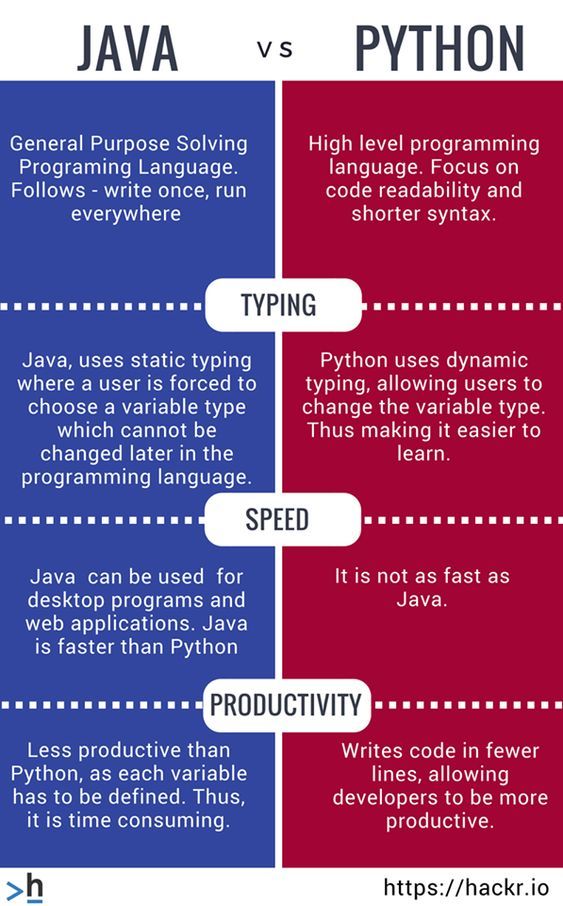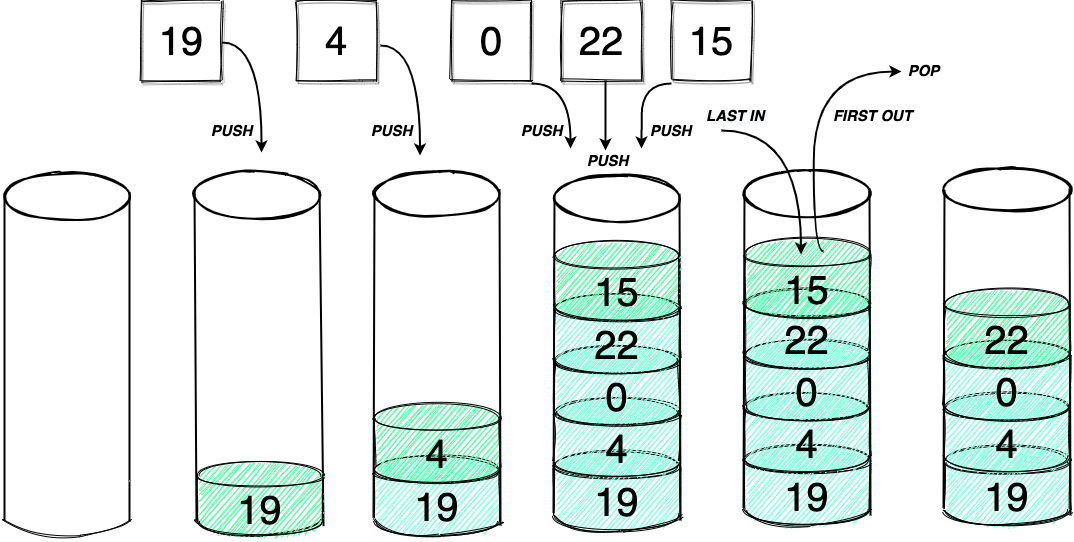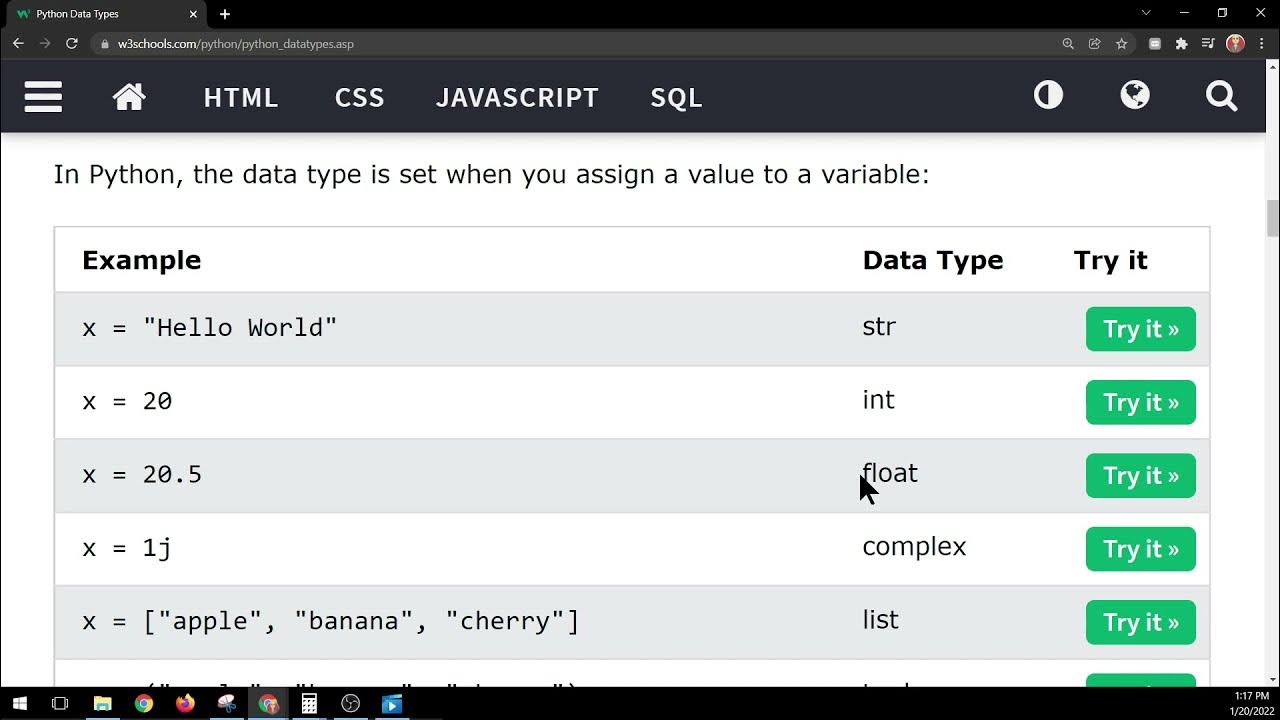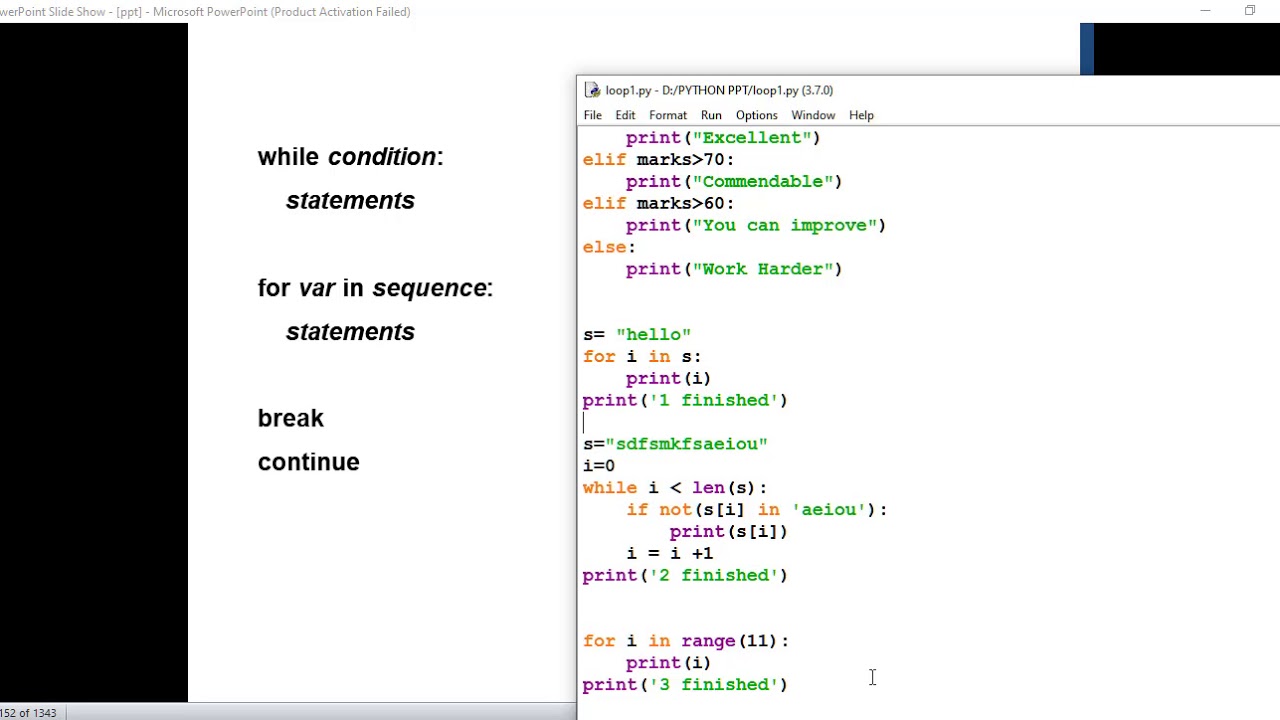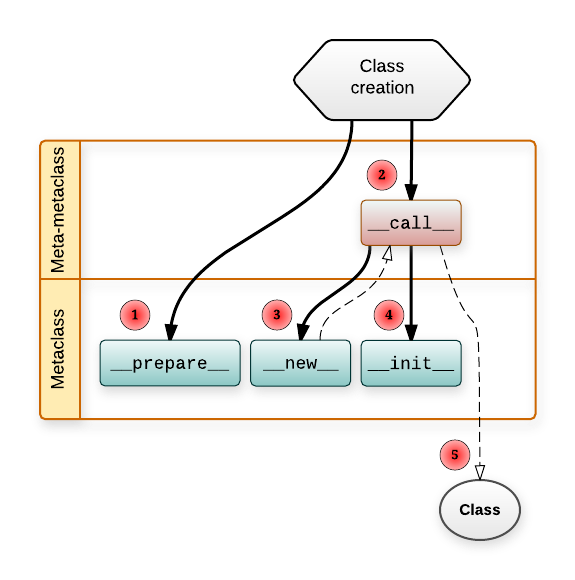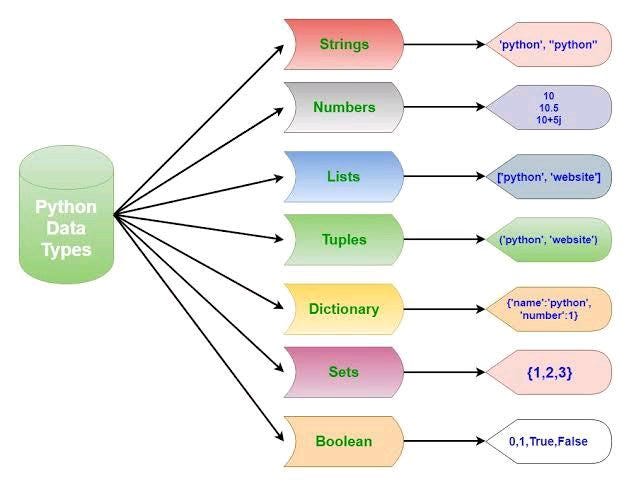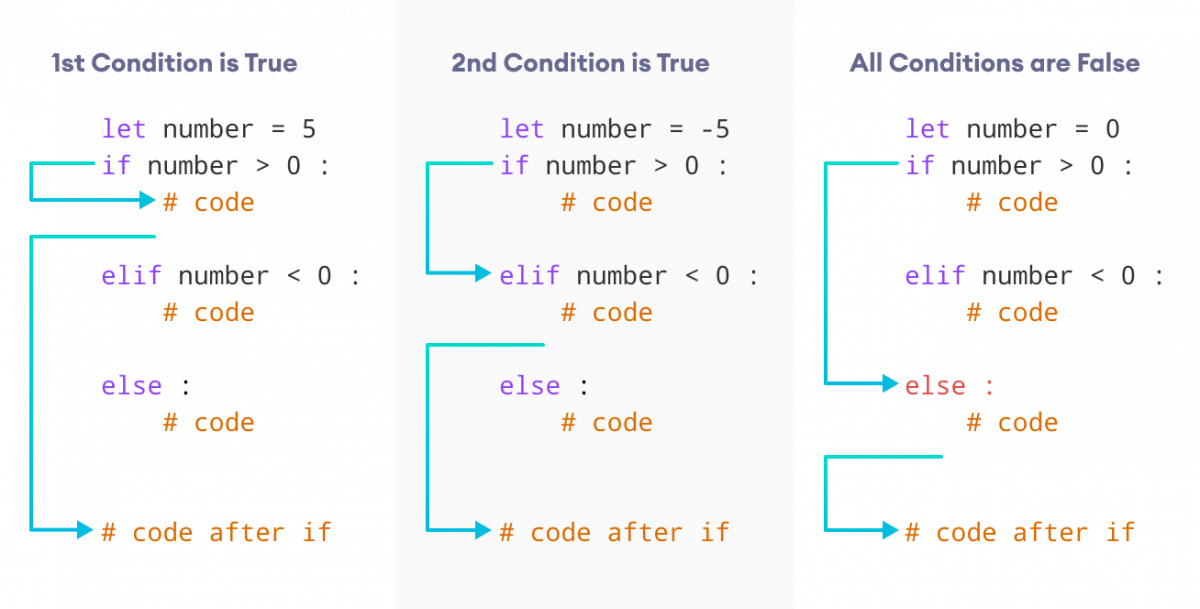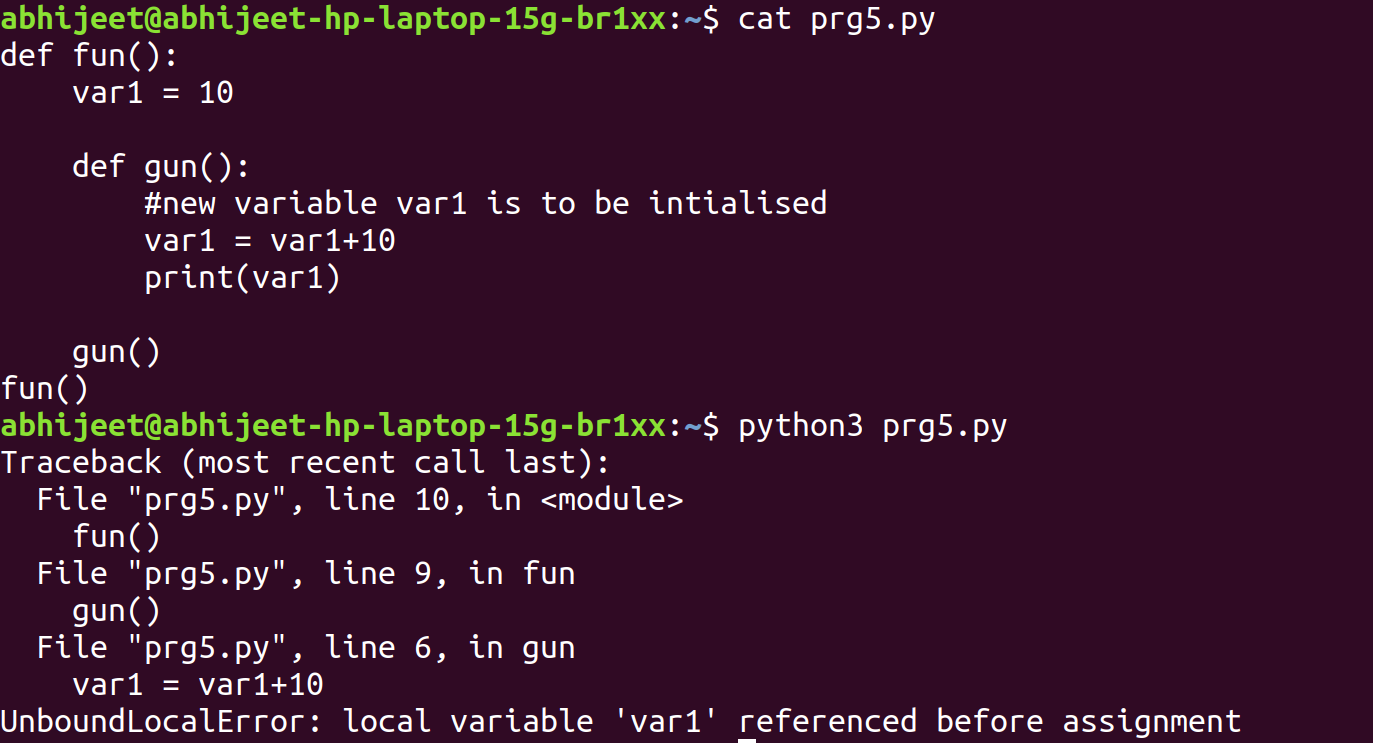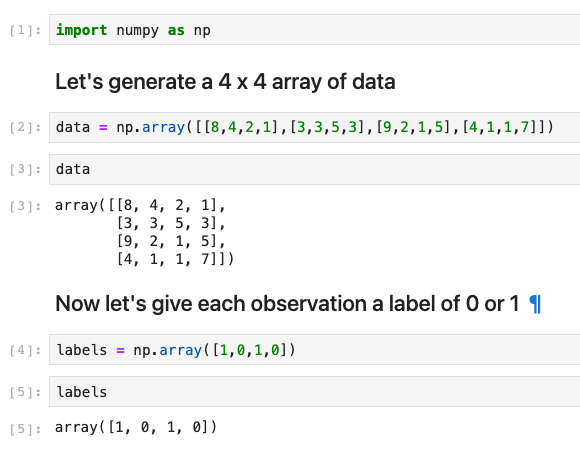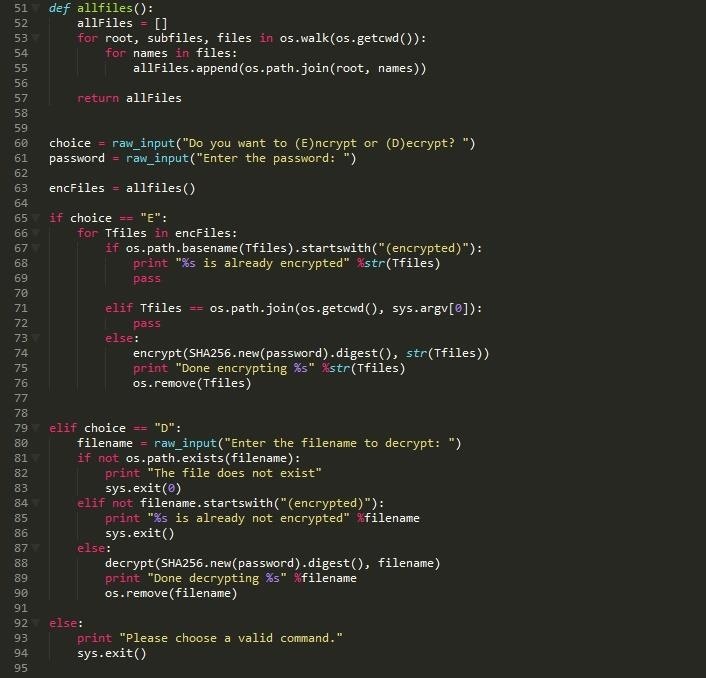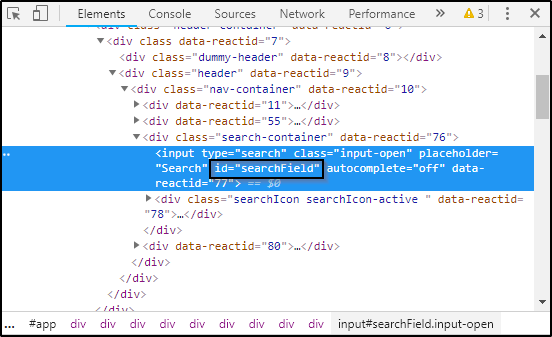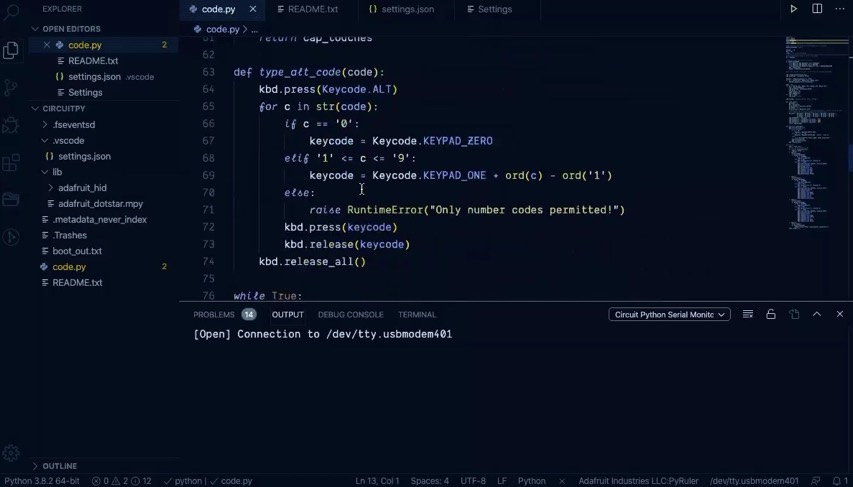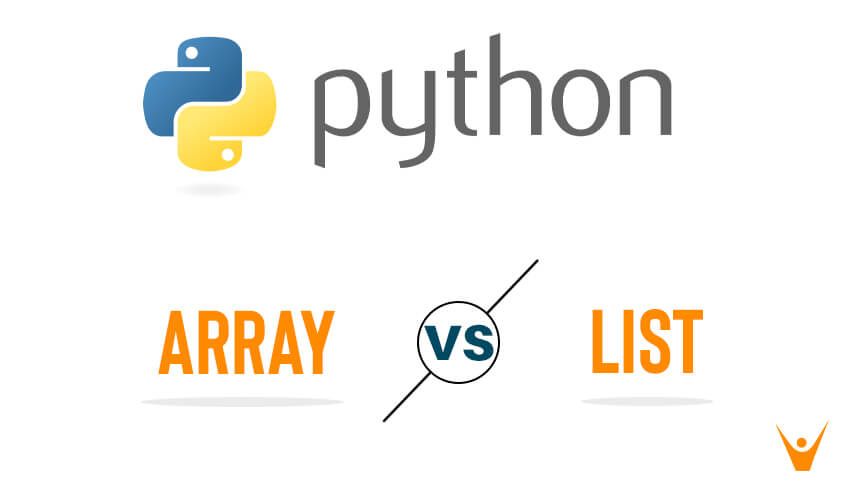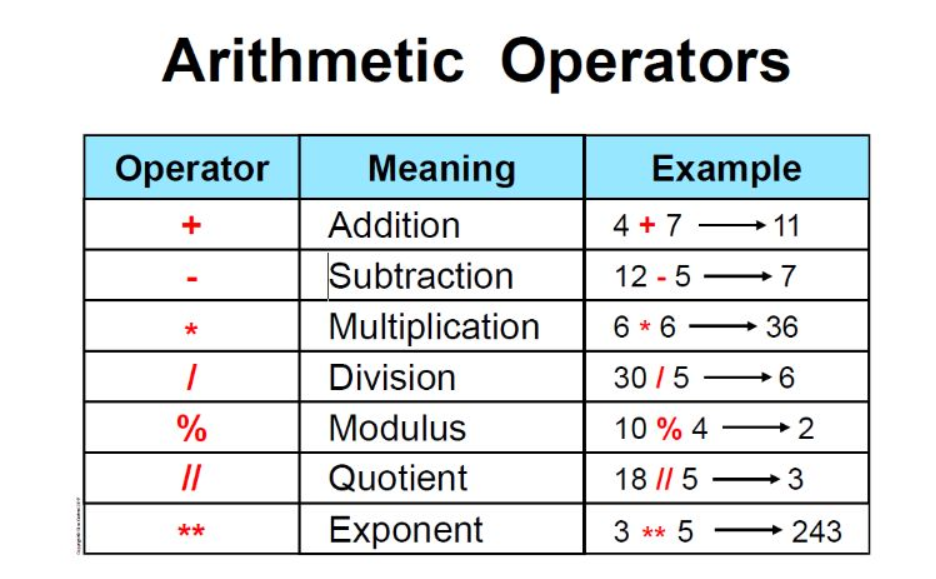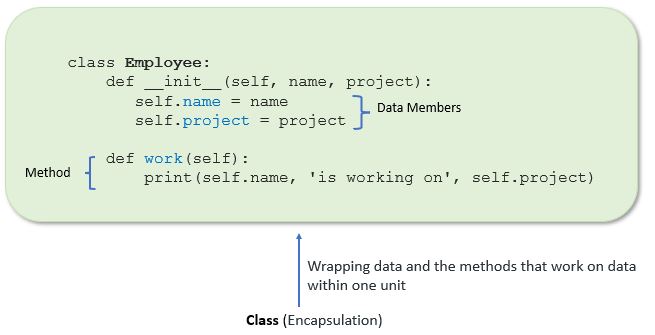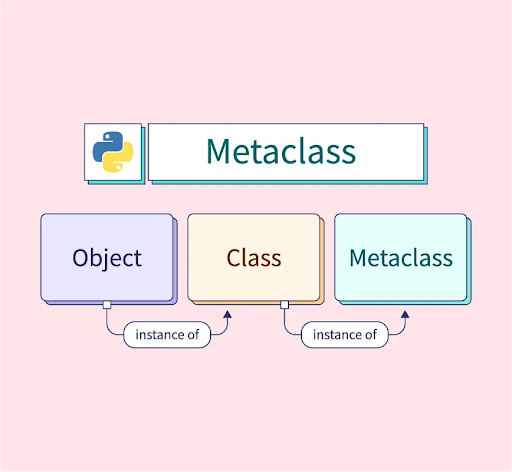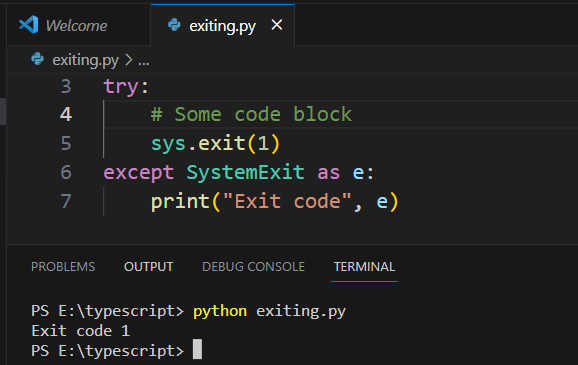Should I use arrays or lists in Python?
Should I use arrays or lists in Python?
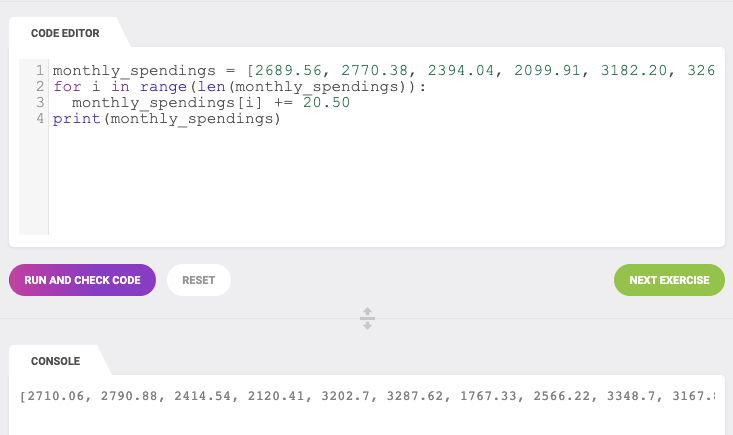
The age-old question: should you use arrays or lists in Python?
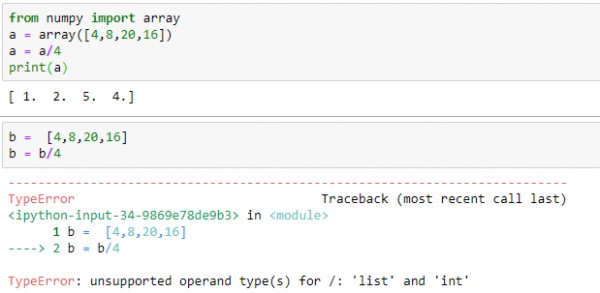
In Python, lists and arrays are two distinct data structures that serve different purposes. While they may seem similar at first glance, understanding the key differences between them can help you make informed decisions when working with your code.
What is a list?
A list is a Python built-in data structure that is essentially an ordered collection of items. It's a mutable (changeable) sequence that can contain elements of any type, including strings, integers, floats, and even other lists! Lists are defined by using square brackets [] to enclose the elements, separated by commas.
Here's an example: my_list = ['apple', 1, 2.5]
What is an array?
Nowadays, Python doesn't have a built-in array data structure like some other programming languages do (e.g., Java or C++). However, you can use the numpy library to create arrays with more specific properties.
In Python, when we refer to "arrays," we're actually talking about NumPy arrays, which are specialized multidimensional arrays. These arrays are optimized for numerical computations and provide many benefits for working with large datasets, such as efficient memory usage, vectorized operations, and broadcasting capabilities.
Here's an example: import numpy as np; my_array = np.array([1, 2, 3, 4])
Key differences
So, what are the main differences between lists and NumPy arrays?
Mutable vs. Immutable: Lists are mutable, meaning you can modify their contents after creation. NumPy arrays, on the other hand, are immutable, which ensures thread safety and faster operations. Homogeneous vs. Heterogeneous: NumPy arrays typically hold elements of the same data type (e.g., all integers or all floating-point numbers). Lists can contain elements of different types, including mixed numeric and string values. Performance: NumPy arrays are optimized for numerical computations and provide faster operations compared to lists. This is particularly important when working with large datasets or complex mathematical operations. Multidimensionality: NumPy arrays support multidimensional structures, making them suitable for tasks like image processing or data analysis.When to use each?
So, when should you reach for a list and when for a NumPy array?
Use lists:
When working with mixed data types (e.g., strings, integers, floats) For small to moderate-sized datasets In situations where mutability is essential (e.g., updating elements dynamically)Use NumPy arrays:
When working with large numerical datasets or complex mathematical operations For tasks that require multidimensionality (e.g., image processing or data analysis) In scenarios where immutability and thread safety are crucialConclusion
In conclusion, while both lists and NumPy arrays have their uses in Python, the choice ultimately depends on your specific requirements. If you need to work with mixed data types, smaller datasets, or mutability, a list is likely the better choice. Conversely, if you're dealing with large numerical datasets, complex mathematical operations, or multidimensionality, a NumPy array is the way to go.
Remember that Python's built-in list data structure and numpy library offer different strengths, making it essential to understand their distinct characteristics before deciding which one to use.
Python list vs array examples
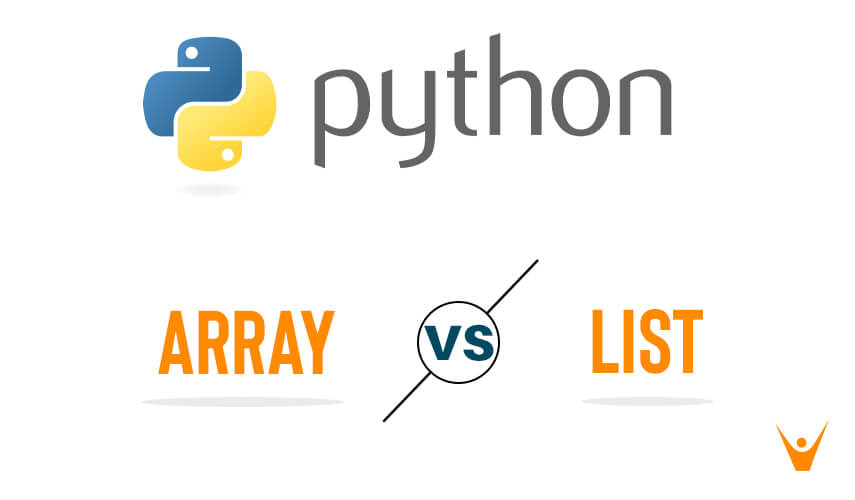
Here's a comprehensive comparison of Python lists and arrays:
In Python, you can store data in two main ways: Lists and Arrays. Both are data structures that allow you to store multiple values in a single variable. However, there are some significant differences between them.
Python List (List)
A Python list is an ordered collection of items. It allows you to store any type of object, including strings, integers, floats, dictionaries, and even other lists. Lists can be created using the square brackets [] or the list() function.
Here are some key features of Python lists:
Ordered: Lists maintain their order. You can access elements by their index (position). Heterogeneous: You can store different data types in a list.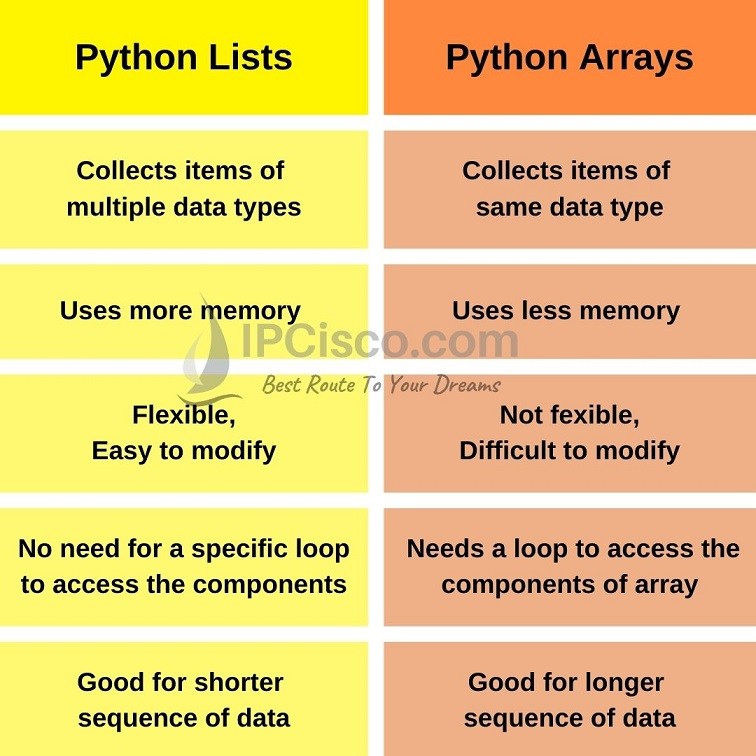

Example:
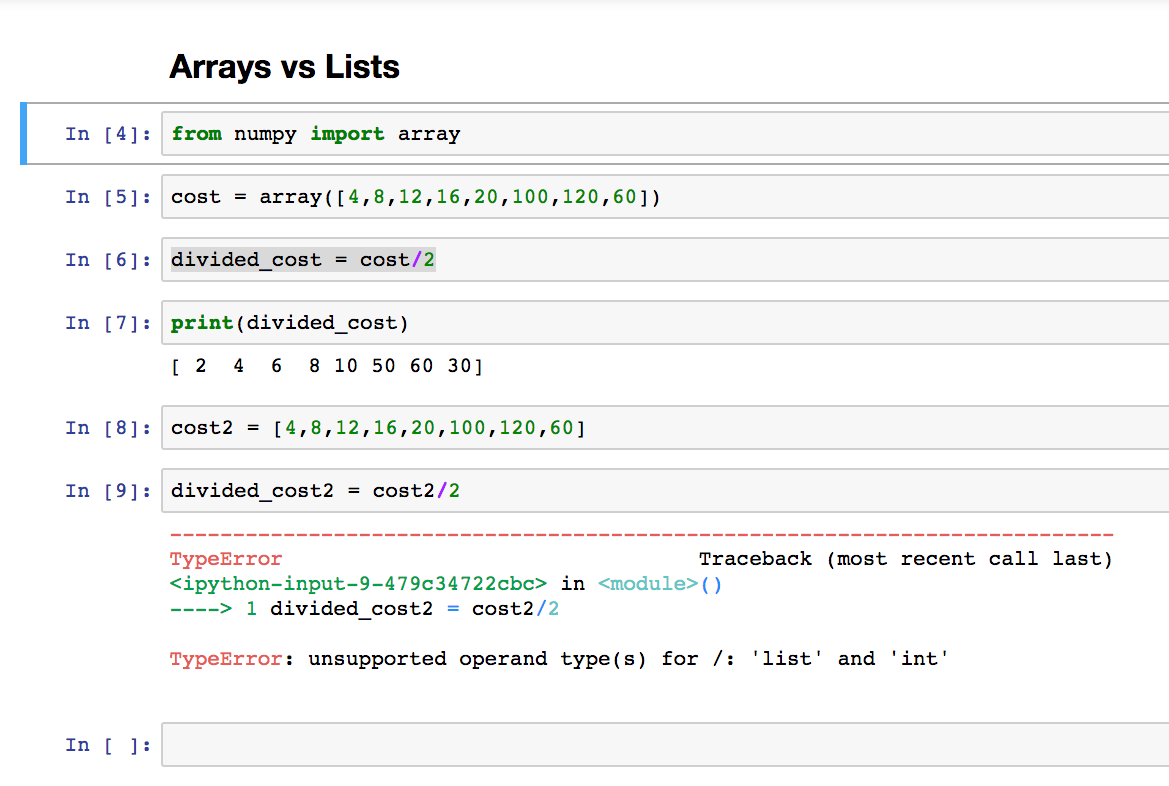
my_list = ["apple", "banana", 1, 2.5]
print(my_list) # Output: ['apple', 'banana', 1, 2.5]
NumPy Array (Array)
A NumPy array is a multi-dimensional data structure that allows you to store large amounts of numerical data. Arrays are designed for efficient numerical computations and are particularly useful when working with scientific and engineering applications.
Here are some key features of NumPy arrays:
Ordered: Arrays maintain their order, just like lists. Homogeneous: All elements in an array must be the same type (e.g., all integers or all floats). Fixed size: The size of an array is fixed when it's created and cannot change afterwards. Efficient: NumPy arrays are implemented as contiguous blocks of memory, which makes them extremely efficient for numerical computations.Example:
import numpy as npmy_array = np.array([[1, 2], [3, 4]])
print(my_array) # Output: [[1 2]
[3 4]]
When to use each
Here are some guidelines on when to use Python lists and NumPy arrays:
Use Python lists when you need a flexible data structure that can store different types of objects, or when you need to dynamically change the size of your data. Use NumPy arrays when you're working with large amounts of numerical data and require efficient numerical computations. This is particularly useful in scientific computing, machine learning, and engineering applications.Conclusion
In summary, Python lists are suitable for general-purpose programming tasks that require flexible data structures, while NumPy arrays are ideal for numerical computations where efficiency and speed are crucial. Both have their own strengths and weaknesses, and choosing the right one depends on the specific requirements of your project.
